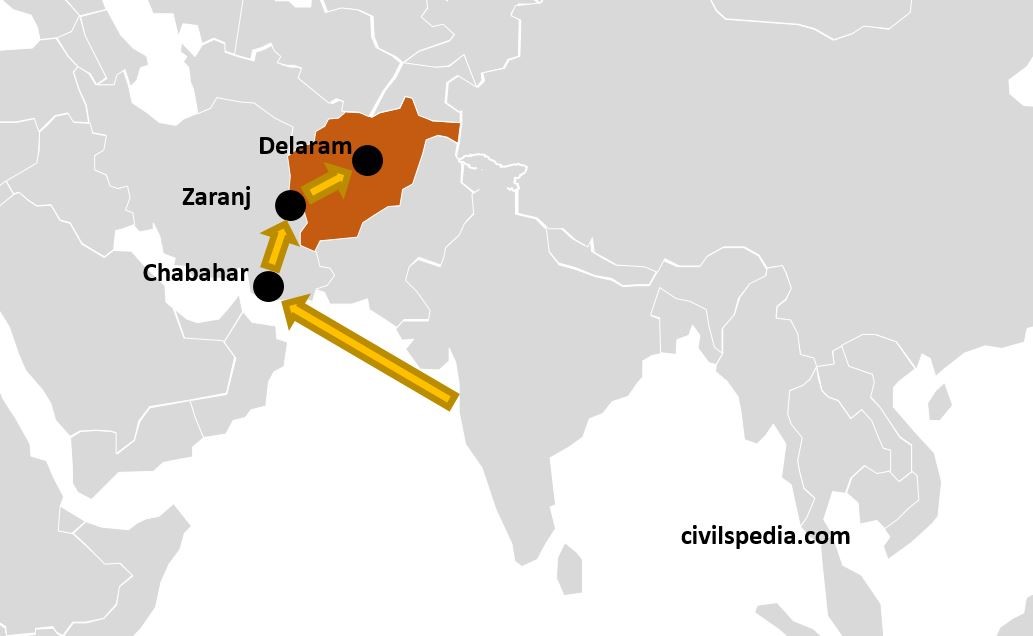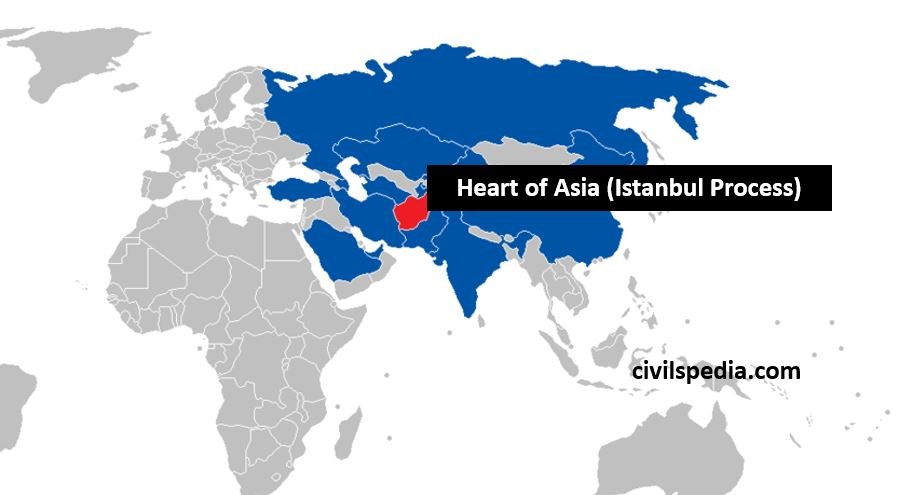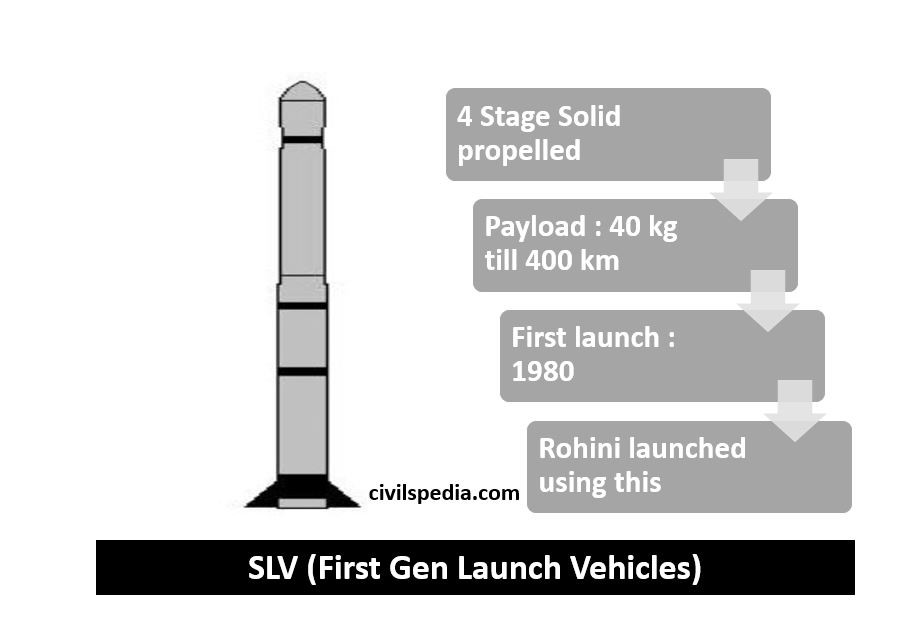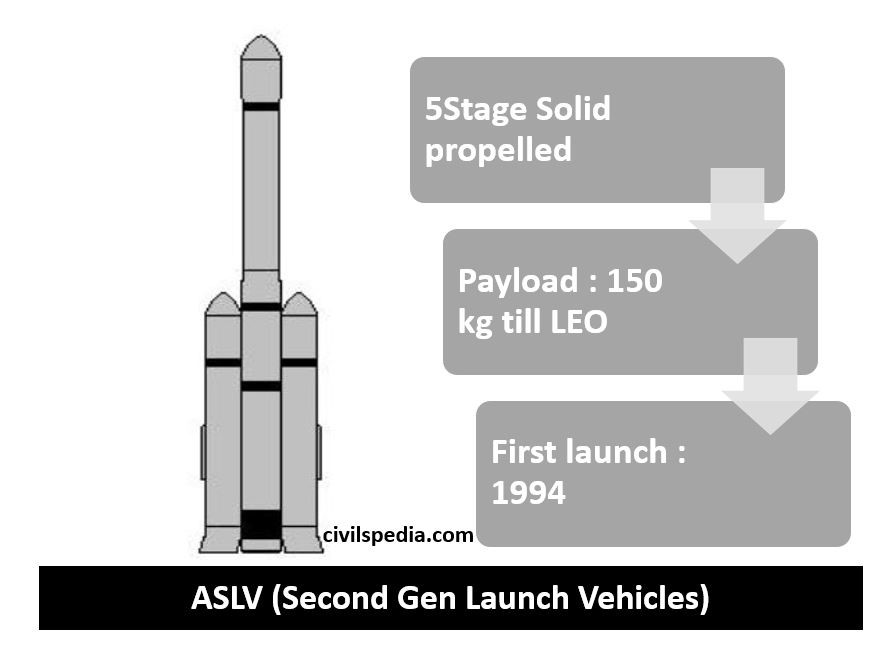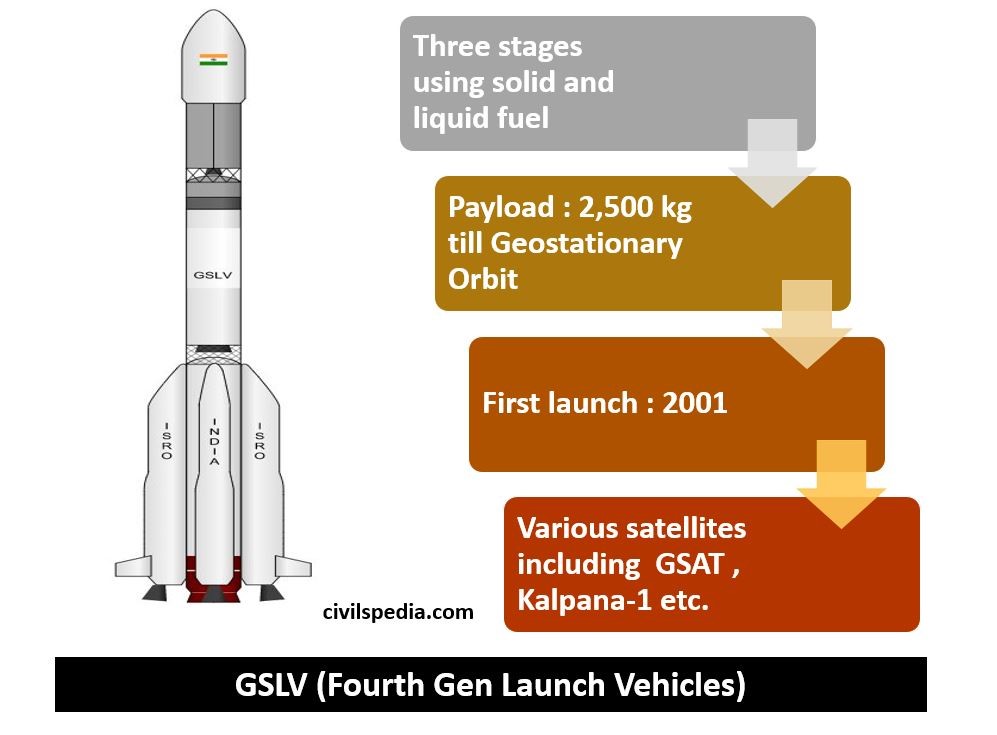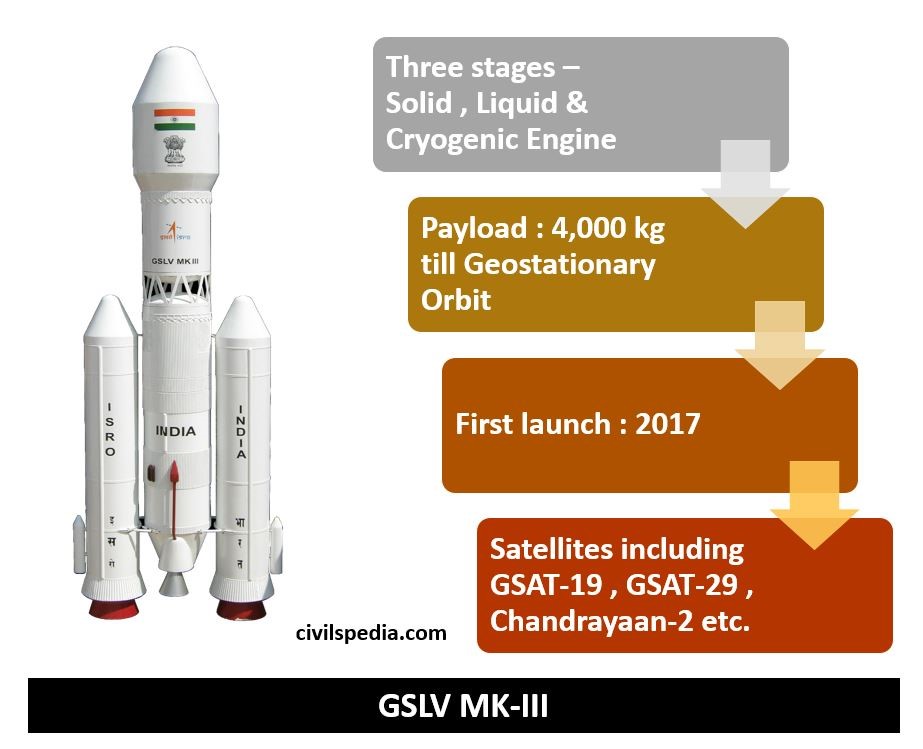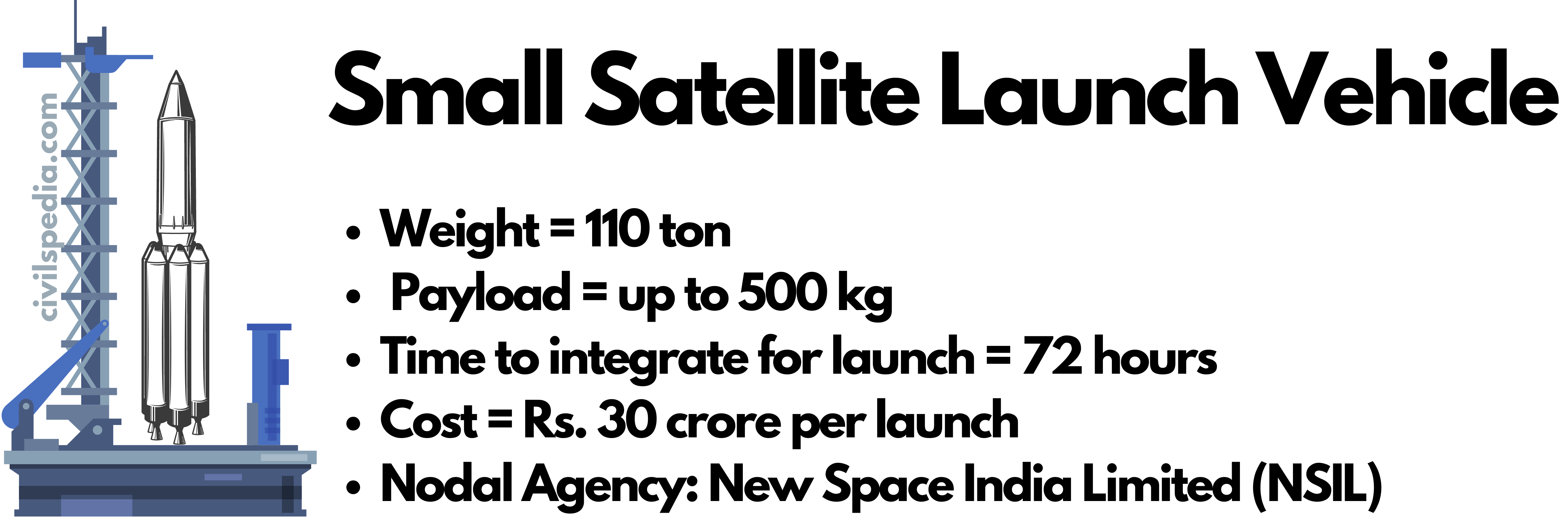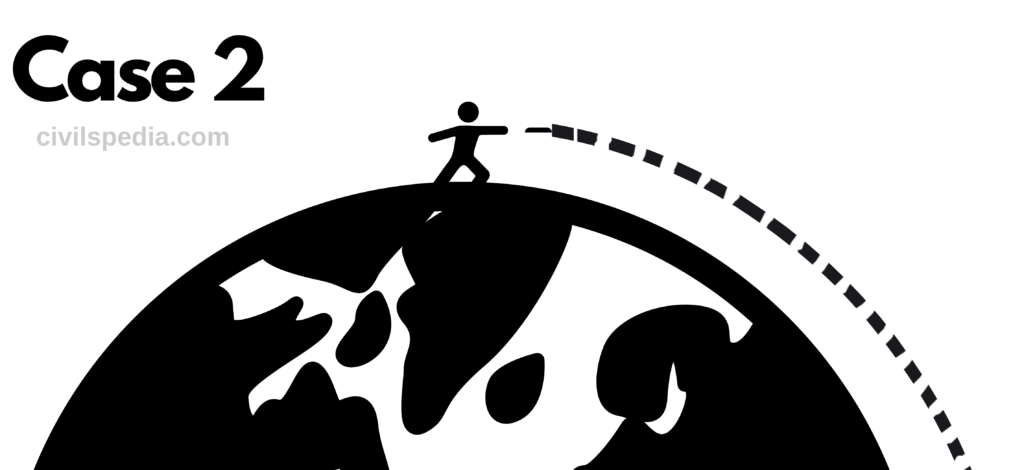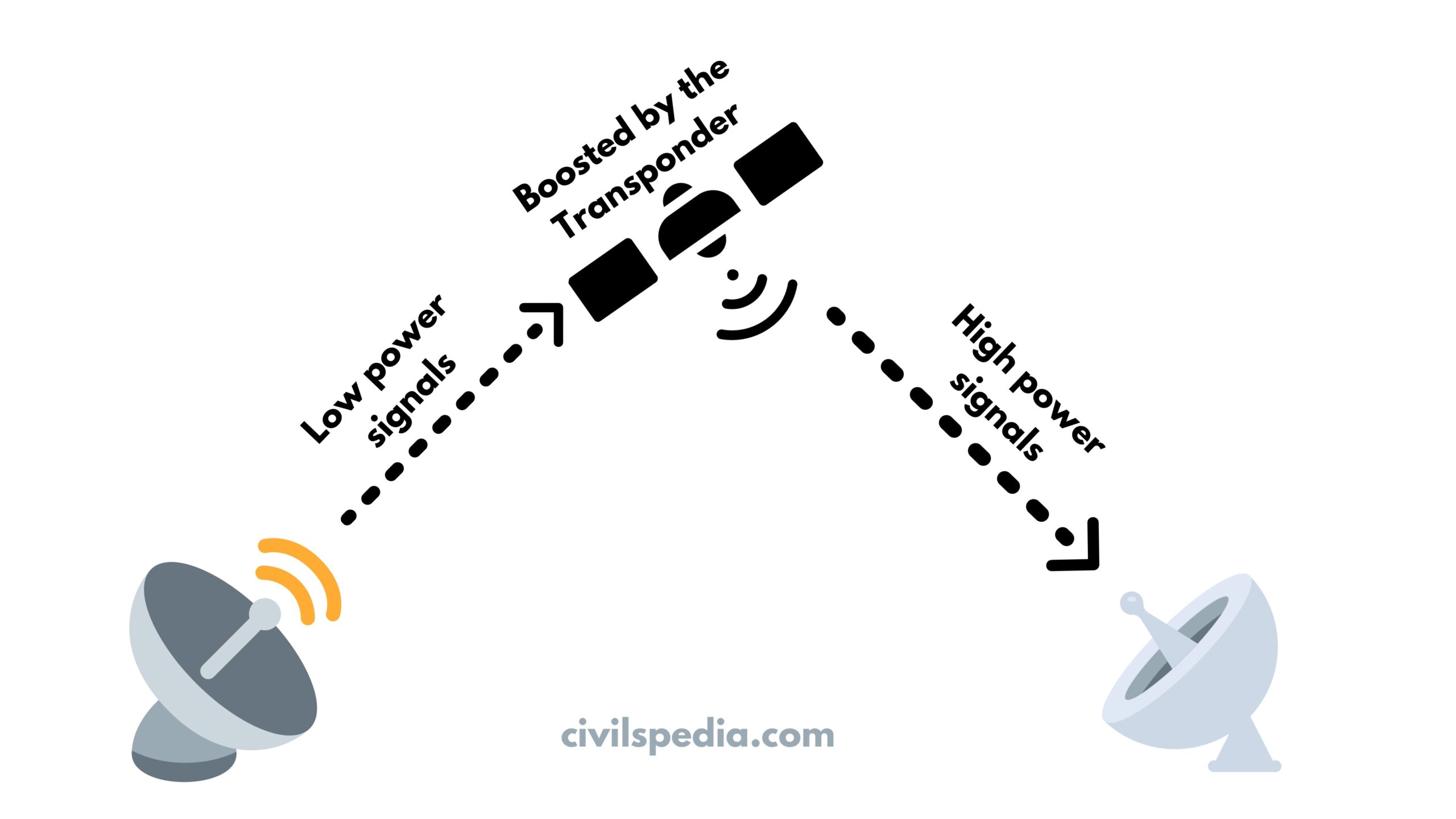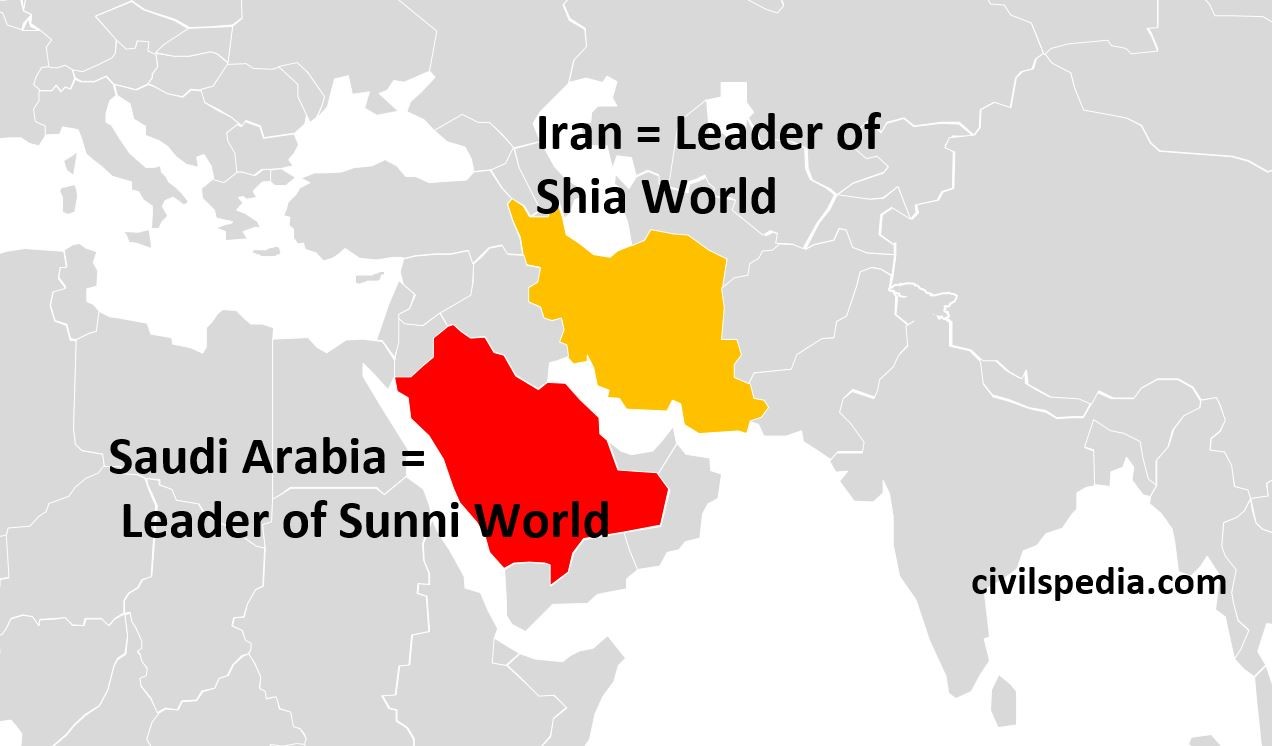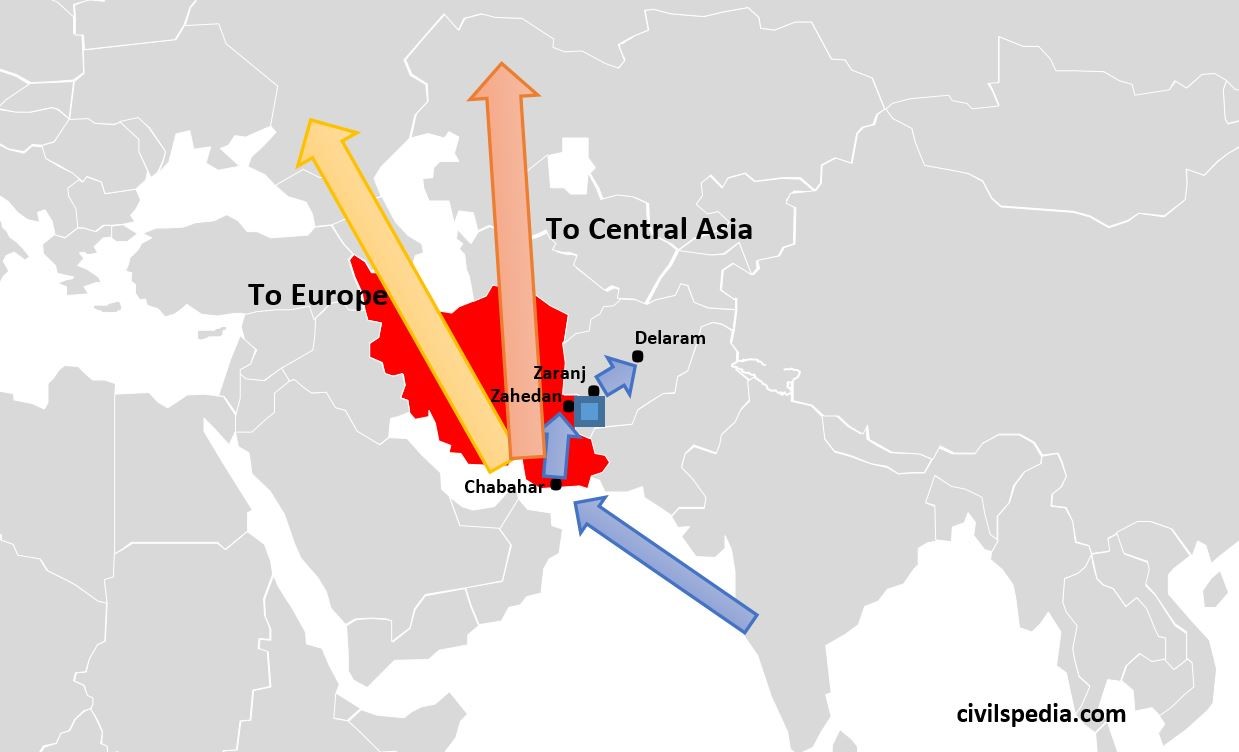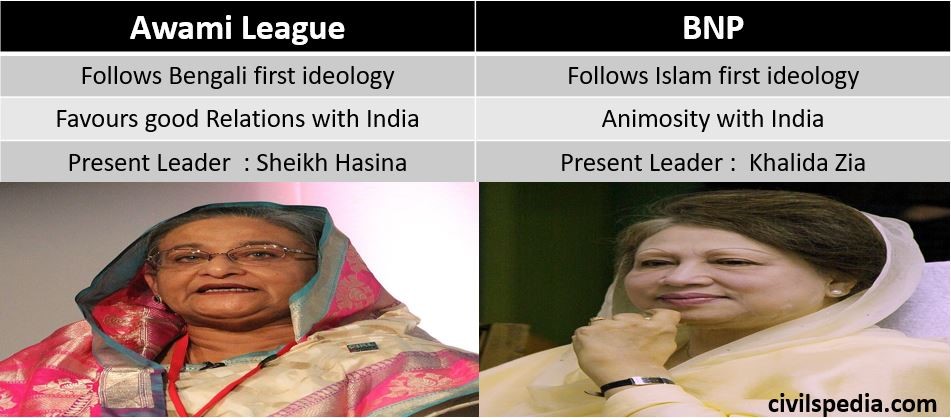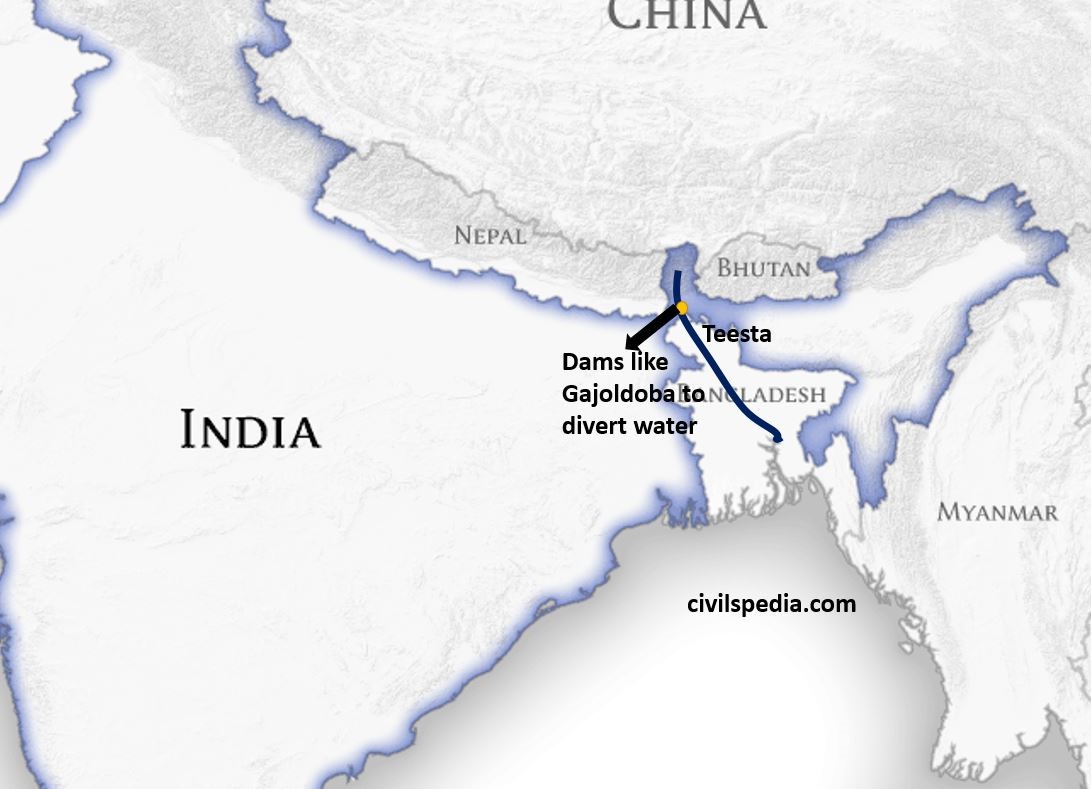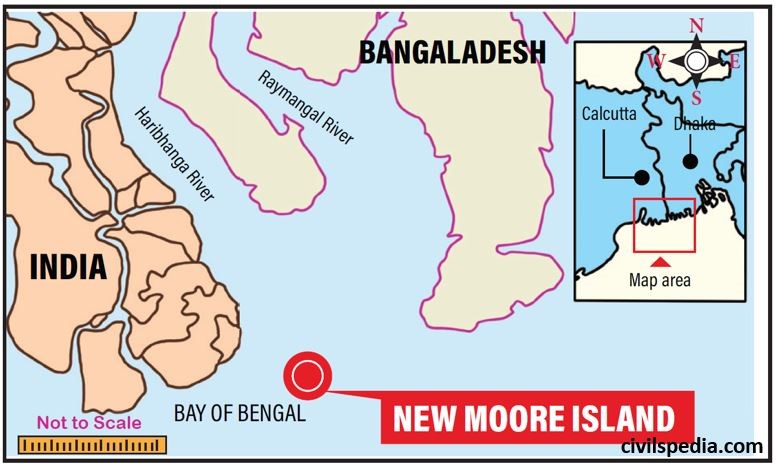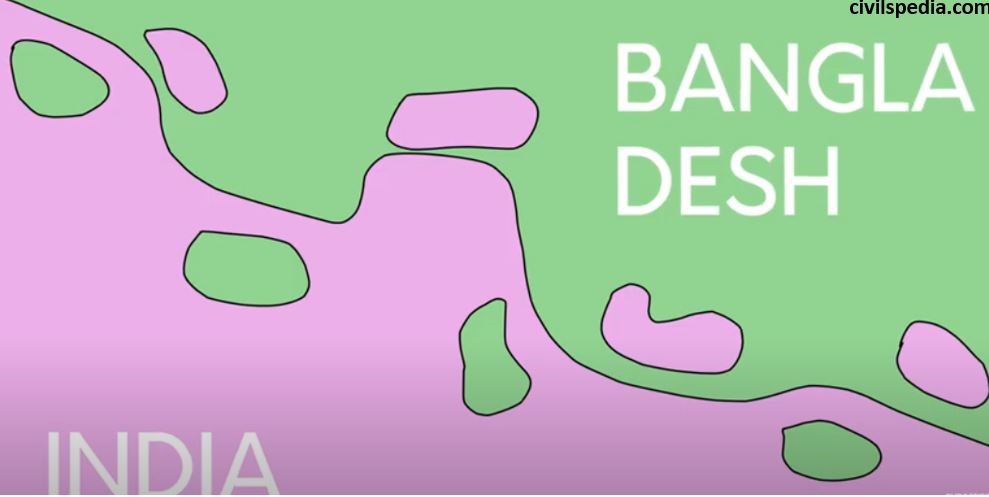
Last updated: Jan 2025(India Nepal Relations)
India Nepal Relations
This article deals with ‘India-Nepal Relations.’ This is part of our series on ‘International Relations’, which is an important pillar of the GS-2 syllabus. For more articles, you can click here.
Introduction
- India and Nepal are connected geographically, historically, religiously, economically and financially.
- Open borders, shared religious background, marital relations, and unrestricted movement of people between the two nations are unique characteristics of bilateral ties.
- India and Nepal share a long boundary, and 5 Indian states-Uttarakhand, Uttar Pradesh, West Bengal, Sikkim and Bihar are adjacent to Nepal.
- But in recent times, the relationship between the two countries has been going through an obnoxious phase.
History
Common Culture
- India and Nepal have had common culture since times immemorial.
- For example
- In Ramayana, Sita was from Janakpuri (Nepal).
- Buddha was born in Rummendei in Nepal. Emperor Ashoka has also visited that place.
British Times
- Treaty of Sagauli of 1816: Britishers defeated the Gurkhas in the Anglo-Gurkha wars and subsequently signed the Treaty of Sagauli.
- As per the treaty
- Uttaranchal, Himachal Pradesh and Sikkim were annexed to the British empire.
- Treaty established Mahakali or Kali River as a dividing line in the Western sector.
- British resident was stationed at Kathmandu.
- Nepal surrendered its foreign policy to Britishers.
- Britishers started to recruit Gorkhas to British Army.
Treaty of Peace & Friendship, 1950
- After the Independence, India and Nepal signed the Treaty of Peace and Friendship in 1950.
- Under the terms of the treaty
- Nepal would consult India whenever they undertake any arms imports from any nation other than India.
- Neither government shall tolerate any threat to the security of the other by a foreign aggressor.
- Opening of the border between the two countries.
- Citizens of both countries are empowered to have the same privileges for property, trade and residence, movement, and work in India without a work permit.
- As per Article X in the treaty, either party can ask for a change in the treaty whenever demanded.
Strengths in India-Nepal relations

- A large number of Nepalese work in India (nearly 30 lakh Nepalis or 10% of Nepal’s population). Significant among them are Gorkha soldiers in the Indian army.
- Nepalese and Indians have common cultural & historical ties.
- A large majority in Nepal follows Hinduism.
- People belonging to the Terai region of India and Nepal have kinship and marital ties.
- Nepal is a landlocked country, and access to the outer world is only through India.
- Indian cinema & music is highly popular in Nepal.
Importance and Cooperation
1 . Military Cooperation
Indian and Nepalese Military have very close ties. Eg
- There are 180 training slots for the Nepalese army in the Indian Military Academy.
- Indian Army Chief is Honorary General of Nepal Army & vice versa.
- Nepalese can serve as soldiers in the Indian army. Over 1.23 lakh veterans are currently residing in Nepal. India sends ₹ 1100 crores/ annum as pension to these ex-servicemen.
- Battalion-level Joint Military Exercise’ SURYA KIRAN’ is conducted alternately in India and Nepal.
Issues
- But Nepal is also increasing military ties with China. 2017 saw the first Nepal-China joint military exercise.
- Indian army is recruiting more Garhwalis and Kumaon than Nepali Gurkhas in Gurkha Regiment. It has to be noted that the Gurkha regiment, originally comprised only of Nepali Gurkhas, changed the rule in 1975 to recruit Nepalese and Indian domiciled Gurkhas in 70:30. In the 1990s, it was changed to 60:40, and the government is considering changing it further to 40:60.
2 . Economic Cooperation
- India is Nepal’s largest trading partner having bilateral trade of $7 billion.
- Indian exports to Nepal have grown 8 times in the past 10 years.
- India and Bangladesh have signed MoU to enable Bangladesh-Bhutan-India-Nepal (BBIN) Motor Vehicle Agreement (MVA), thus allowing the smooth movement of goods and vehicles across borders.
3 . Strategic Importance
- Nepal is a buffer state between India and China.
- Indian border with Nepal is most indefensive as there is no protection by the Himalayas as Nepal lies beneath the Himalayas
- If China penetrates Nepal and connects it with Road and Railways, Gangetic plains will become vulnerable.
4 . Multilateral Cooperation
Both India and Nepal are part of many multilateral organizations, especially
- SAARC
- BIMSTEC
- BBIN
5. Others
- Education: 3000 scholarships/seats are provided to Nepali nationals in India annually.
- Indian help in Post – Earthquake Reconstruction: India has pledged $2 billion for reconstruction in Nepal.
- Culture: India and Nepal have signed three sister-city agreements between
- Kathmandu-Varanasi
- Lumbini-Bodhgaya (Buddhist)
- Janakpur-Ayodhya (Sita & Ram)
- India and Nepal have had a Power Exchange Agreement since 1971 for meeting the power requirements in the border areas of the two countries.
- South Asia’s first cross-border petroleum products pipeline, constructed and funded by Indian Oil Corporation Ltd., connecting Motihari in India to Amlekhgunj in Nepal.
- India also provided economic assistance to Nepal, which was to the tune of ₹1200 crore.
New Indian Projects in Nepal
- Construction of a Raxaul-Kathmandu, Jogbani-Biratnagar and Jaynagar-Bardibas railway line.
- Nepal-India Ramayana Circuit connecting Janakpur, the birthplace of Sita, with Ayodhya.
- 900 MW Arun III hydro-electric project in Nepal.
- Upgradation of 10 roads in the Terai area;
- Establish Integrated Check Posts at Birgunj, Biratnagar, Bhairahawa, and Nepalgunj.
Issues / Irritants
1 . Open Border Issue
- Peace and Friendship Treaty of 1950 accepted “open border” between India and Nepal. An “open border” means an unrestricted movement of people from either side.
- Due to Open Border, many illegal activities are carried like
- Fake Currency,
- Terrorist penetration,
- Drug Smuggling,
- Human Trafficking.
- Pakistan has been taking advantage of the open border to infiltrate terrorists and pump fake Currency into India.
2. Kalapani Issue
- The origin of the Kalapani issue goes back to the Treaty of Sagauli. As per the treaty, the Kali River was designated as the boundary. In between the two streams of the Kali, the river lies Kalapani. The issue arises because India recognizes the eastern stream as the Kali river while Nepal recognizes the western stream as the Kali river.
- Kalapani is a strategic position located at the trijunction of India, China and Nepal and provides an advantage to India vis a vis China. Nepal is demanding it (under Chinese pressure, demand is gaining strength).
- This issue took an ugly turn in 2020. India built a new 80 km-long road in the Himalayas, connecting to the border with China, at the Lipulekh pass. The Nepali government protested immediately, contending that the road crosses territory that it claims and accusing India of changing the status quo. Later, Nepal enlarged its claim from 35 square kilometres of territory to nearly 400 square kilometres and incorporated it into the revised map through a constitutional amendment.
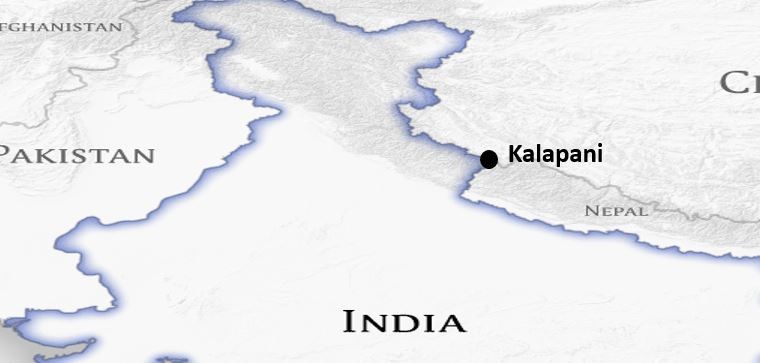
3. Nepal Constitution of 2015 and Madheshi Issue
Constituent Assembly of Nepal framed the constitution of Nepal, which came into force in 2015. But India was not happy with this development because of the following reasons:-
- In the new constitution, the Madheshi (who constitute 70% of the population, speak Maithili, Bhojpuri, Awadhi and Hindi and have a close relationship with Indian living across the border) were left out. Out of 165 Legislative Assembly seats, they were given just 65 seats, while Pahadis were given 100 seats.
- It also intends to destroy the roti-beti character, as women from UP and Bihar states of India who marry a Madheshi will be treated as a foreigner for up to five years.
4. River issues
- Nepal is an upper riparian state and has great hydropower generation potential. However, Nepal’s installed hydel capacity of 800 MW is much lesser than the potential of over 80 GW. Due to power shortages, power cuts are common throughout the country. India has approached Nepal to develop power projects on the Nepalese river on the condition of getting preferential rights over Nepalese waters. Still, Nepal has refused it due to sovereignty issues and the Indian track record of not delivering projects on time.
- India and Nepal share three major rivers, i.e. Kosi, Gandhak & Mahakali. There are three treaties to regulate water sharing, and these include
- Kosi River Treaty: Kosi river causes tremendous flooding in Bihar. As per the treaty, the two sides agreed to manage Kosi flooding. India has constructed the barrage on the Kosi river in Nepal, and Nepal agreed to give its management rights to India for 199 years.
- Gandak River Treaty: Under the treaty, both sides utilize water from the Gandak river to generate 20 GW of electricity.
- Mahakali River Treaty: Under the treaty, India has agreed to undertake the creation of three dams at Sarda, Janakpur and Pancheshwar. Both sides have agreed to share costs. However, there has been no progress on these projects owing to pending social and environmental impact assessment.
- Certain sections in Nepal allege that India, while managing the barrage on the Kosi river, does not release adequate water for irrigation and, during floods, opens the gates, leading to many villages getting submerged completely.
China card of Nepal
- China has increased its footprint in Nepal. China in 2015 overtook India as Nepal’s biggest foreign investor.
- The present government has a clear tilt towards China.
- In 2024, newly elected PM Oli decided to make his first bilateral visit to China, a break from tradition.
- Chinese Project of which Nepal is part include
- China and Nepal have signed an agreement for all-weather road connectivity between Kathmandu and the Tibet Autonomous Region.
- China is planning to extend its rail network to the Nepal border.
- Nepal is part of the One Belt One Road (OBOR ) Project.
- China is funding powerplant on Budhi Gandaki (worth $ 2.5 billion), Trishuli river etc.
- China has agreed to provide access to the Tianjin seaport to transit Nepali goods (but distance = 3,000 km || compared to 1,000 km from Haldia port ).
- China is making Dry Port at Kodari (China has already made the road from Kathmandu to Kodari)
- China is constructing a road connecting Kodari with Zhangmu (in Tibet).
- China Study Centers (CSC) and Confucius Institutes have been opened in large numbers in Nepal.

- In previous years, the Indian share in Nepal’s foreign trade is decreasing while China’s is increasing.

Why Nepal is interested in China
- Dependency on India: Nepal has found itself heavily reliant on India for an outlet to the outer world because of its geographical constraints. India can practically blockade Nepal in case of any dispute.
- Ideological basis: The communist parties in Nepal have favoured and consistently protested against India.
- Economic Opportunities: Nepal views the Chinese railway as an opportunity to bring Chinese pilgrims and tourists to Lumbini, the birthplace of the Buddha, and the famous valley of Pokhara. The
- Earlier, King Mahendra (in1960s), Birendra & Gyanendra too used China card. Hence, it is not a new problem.
Why China is interested in Nepal
- The market for Chinese products in Nepal.
- The Tibetan community in Nepal is a serious concern. China is pressuring the Nepalese government to do crackdown on Tibetan activities.
- Use Nepal in breaching the Himalayan barrier.
Why India is worried?
- Strategic vulnerabilities: Rising Nepal and China cooperation signals that the Himalayas are not a barrier anymore.
- Debt Trap diplomacy of China: China can take parts of Nepal on lease as done in Sri Lanka in the case of Hambantota port.
- Effect on other neighbours: Including Bhutan, which has faced similar circumstances with India and China.
- Impact on regional groupings: Growing China-Nepal relations may become a hurdle in regional groups like BIMSTEC, in which Nepal holds a powerful voice.
Indian strategy to contain it
- Due to the Indian policy of not buying power from Chinese projects, the Nepalese government was forced to abandon Chinese involvement in the West SETI Power Project. Hence, the Nepalese government gave the project to NHPC.


